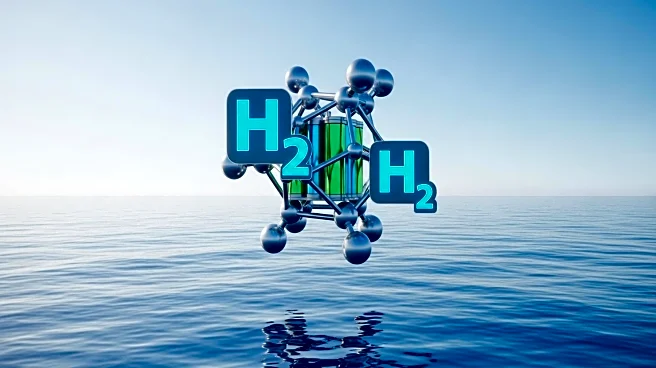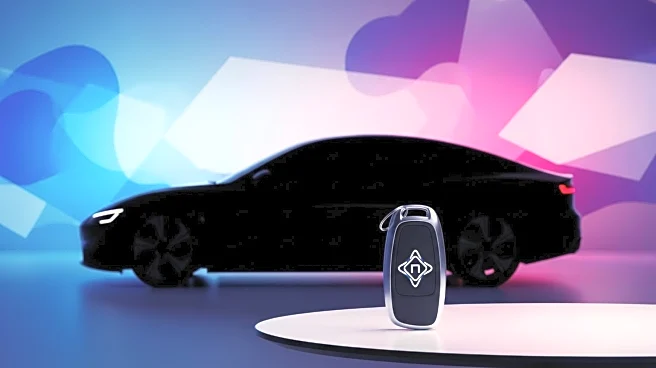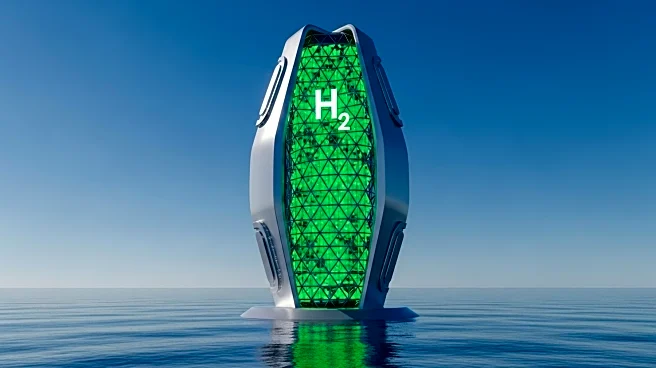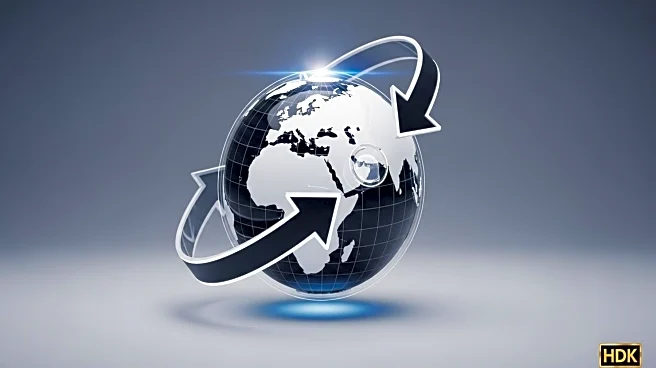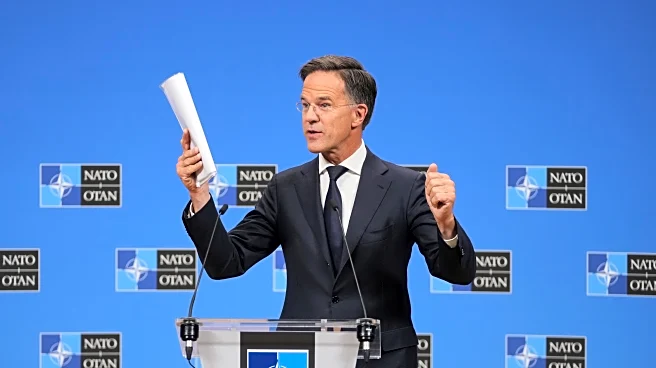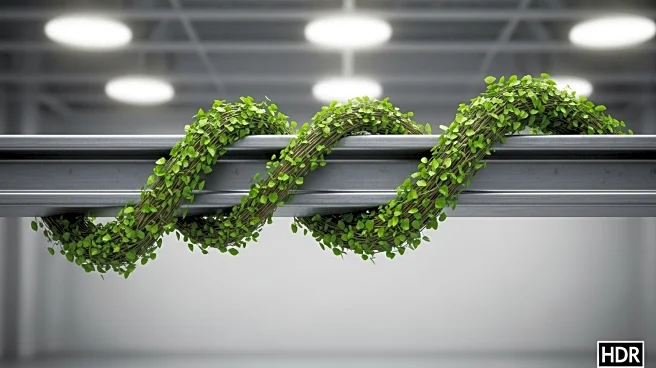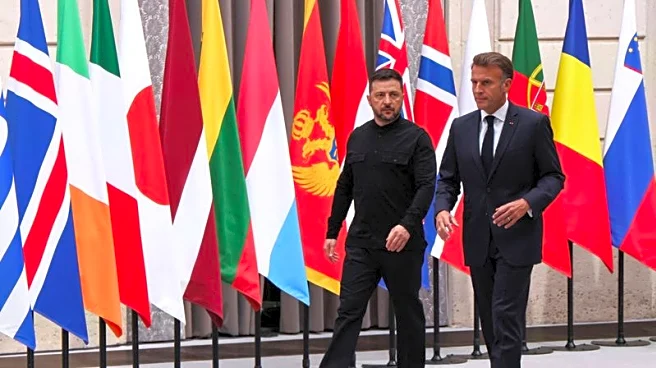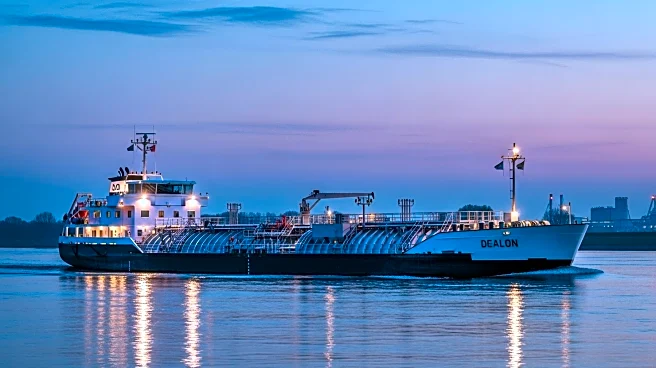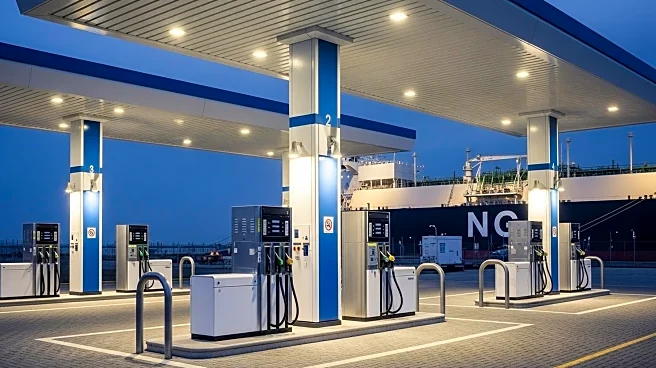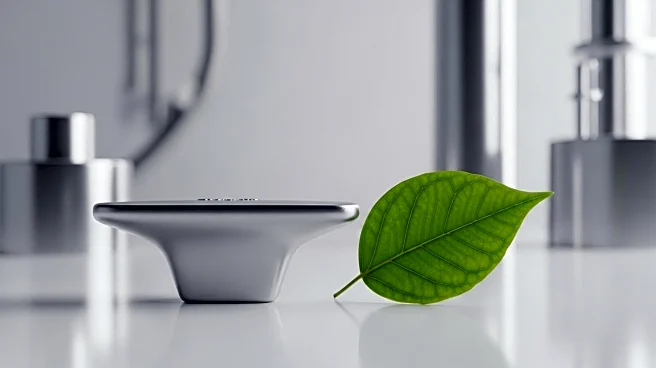What is the story about?
What's Happening?
Oman is advancing a green hydrogen maritime corridor from Duqm to Amsterdam, supporting the International Maritime Organisation's Net Zero greenhouse gas targets by 2050. The corridor will utilize green hydrogen produced using solar and wind energy in Duqm, processed in the port area. The initiative involves solving regulatory and technical challenges related to hydrogen bunkering and aims to establish hydrogen supply chains as part of maritime infrastructure. Agreements with the Netherlands and Belgium include offload points in Antwerp and Duisburg, with similar corridors planned from Algeciras to Rotterdam.
Why It's Important?
This initiative represents a significant step towards decarbonizing the maritime industry, which is crucial for achieving global climate goals. By establishing a green hydrogen corridor, Oman is positioning itself as a leader in sustainable maritime practices, potentially influencing other countries to adopt similar strategies. The development of hydrogen bunkering standards and infrastructure could accelerate the transition to cleaner fuels in shipping, reducing emissions and fostering innovation in maritime technology. The involvement of major stakeholders like BP underscores the project's potential impact on global energy markets.
What's Next?
The Hydrom Duqm project is in the pre-engineering design phase, with commercial operations expected to begin in 2030. The project will require the development of harmonized safety regulations and technical standards for hydrogen bunkering and ship operations. As the initiative progresses, it will be crucial to address financial and engineering challenges to ensure efficient infrastructure development. The success of this corridor could pave the way for similar projects worldwide, contributing to the global effort to reduce maritime emissions and achieve sustainability targets.
AI Generated Content
Do you find this article useful?
